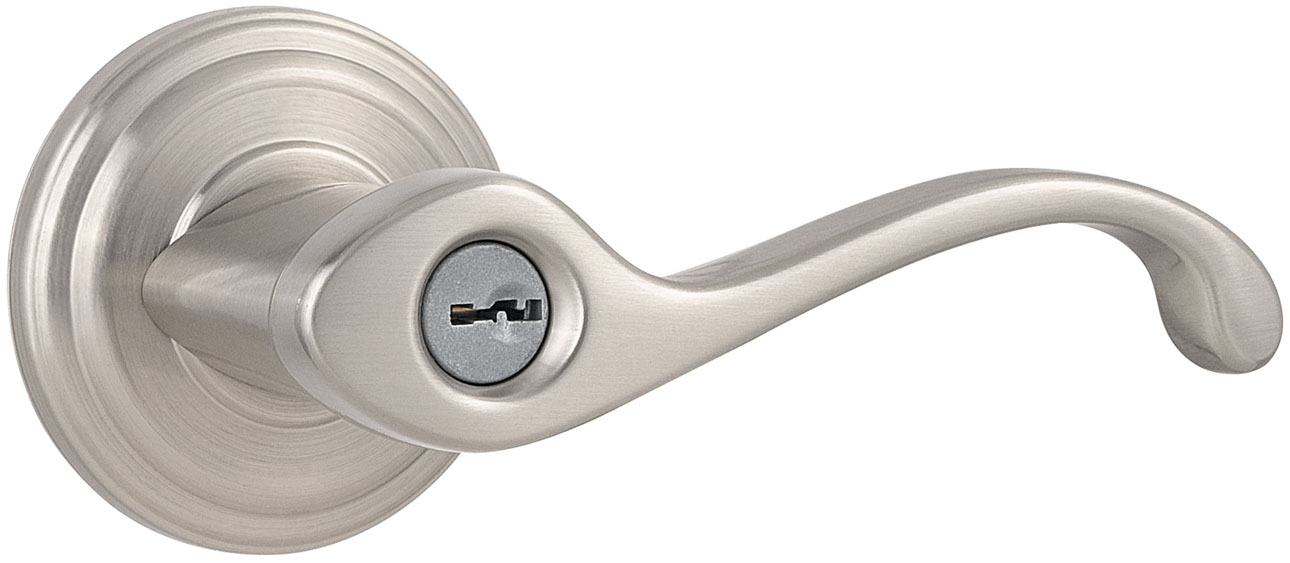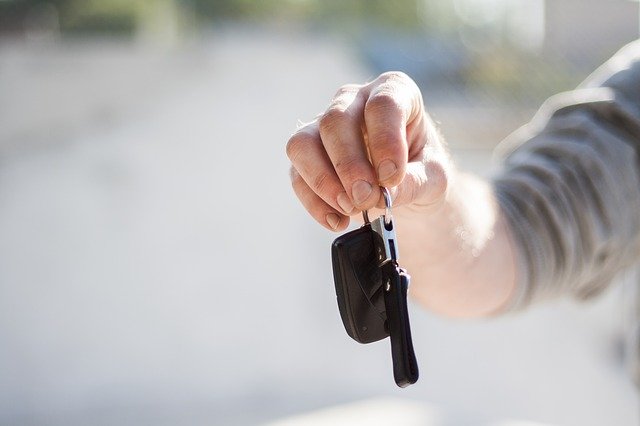Commercial Locks - Introduction & Biometric Locks

From a the smallest mom-and-pop business to the largest department store, every company, office, or store needs locks of some sort. The needs of businesses are different than residential needs, and therefore need to be addressed separately. Whether your company is looking for the best high-tech upgrade for secure locks, or simply outfitting a new building with the proper security measures, it’s worth examining which options are best for you. On the following pages, we’ll explain how some of the best commercial locks on the market right now will suit your company’s needs. For further questions as to how we can help outfit your building, call Get Locksmith at :p:, and we’ll gladly send a local expert to your location.
Biometric locks
With a booming business, there are usually many employees entering in and out of the office building a number of times per day. Instead of handing out mechanical keys to your employees, which can become lost, stolen, or broken, consider installing biometric locks.
What are biometric locks?
Any type of lock that only will unlock with verification of a physical sign such as a matching fingerprint, voice or eye pattern.
What are the benefits of biometric locks?
There is no need for any physical keys, making it much simpler to control who will have access into the building. If an employee leaves the company, instead of replacing or rekeying your locks, you can just deactivate their entry code to the office. With physical verification, there is no need for remembering a password or code, which can easily be forgotten due to the overload of password the average person needs to remember on a daily basis. In addition, biometric locks allow fast entry into the office and usually recognizes the physical sign within seconds. Because a physical signature is much harder to copy than a manual key, biometric locks prevent inadvertent access that can occur if someone were to drop their key somewhere along the way.
How do fingerprinting scanning systems work?
A fingerprint scanning system is one that grants access to an authorized user by recognition of his/her unique fingerprint patterns. The system scans and converts fingerprint data into a numerical template. When one places his/her finger onto the system, if the numerical data is recognized, the door will unlock.
The three types of fingerprint scanning systems
- Optical scanners - captures an optical image of the fingerprint and uses various algorithms to detect the unique patterns of one’s fingerprint such as ridges and bumps. There are varying degrees of resolution used in these types of scanners. The higher the resolution, the more accurate the reading of the fingerprint.
- Capacitive scanners - the most common type of fingerprint scanning systems. By using a capacitor circuit, the system collects specific data regarding your fingerprint and analyzes the unique data for matching fingerprints in order to allow access.
- Ultrasonic scanners - a 3D sensor system that detects unique fingerprints and allows access to authorized users.
How do iris scanning systems work?
By looking into a high-resolution camera, the unique patterns of one’s iris are analyzed to confirm one’s identity and allow entry access. This system is highly accurate, quick and extremely secure. However, it is more expensive than a fingerprint scanning system and can be uncomfortable for the eye.
How do voice recognition systems work?
The system recognizes and analyzes one’s voice through sound waves, granting access if the voice matches. There is a high failure rate with this system due to many variables in one’s voice such as catching a cold. In order to speed up entry, and provide high-security into your office, consider installing biometric locks. Make sure that there is also a manual key option in case the system goes down or cannot recognize the authenticated physical signs for entry.









